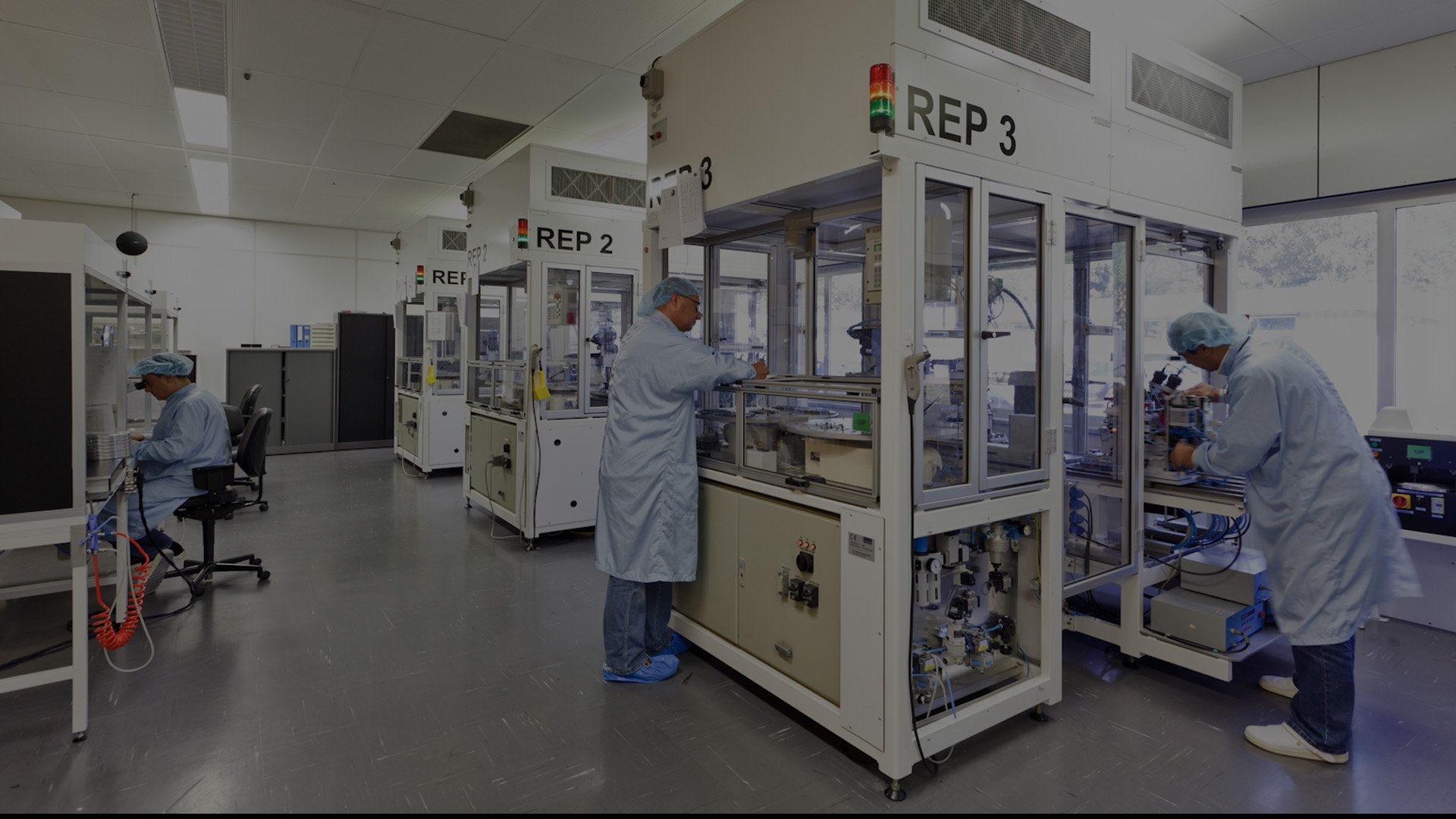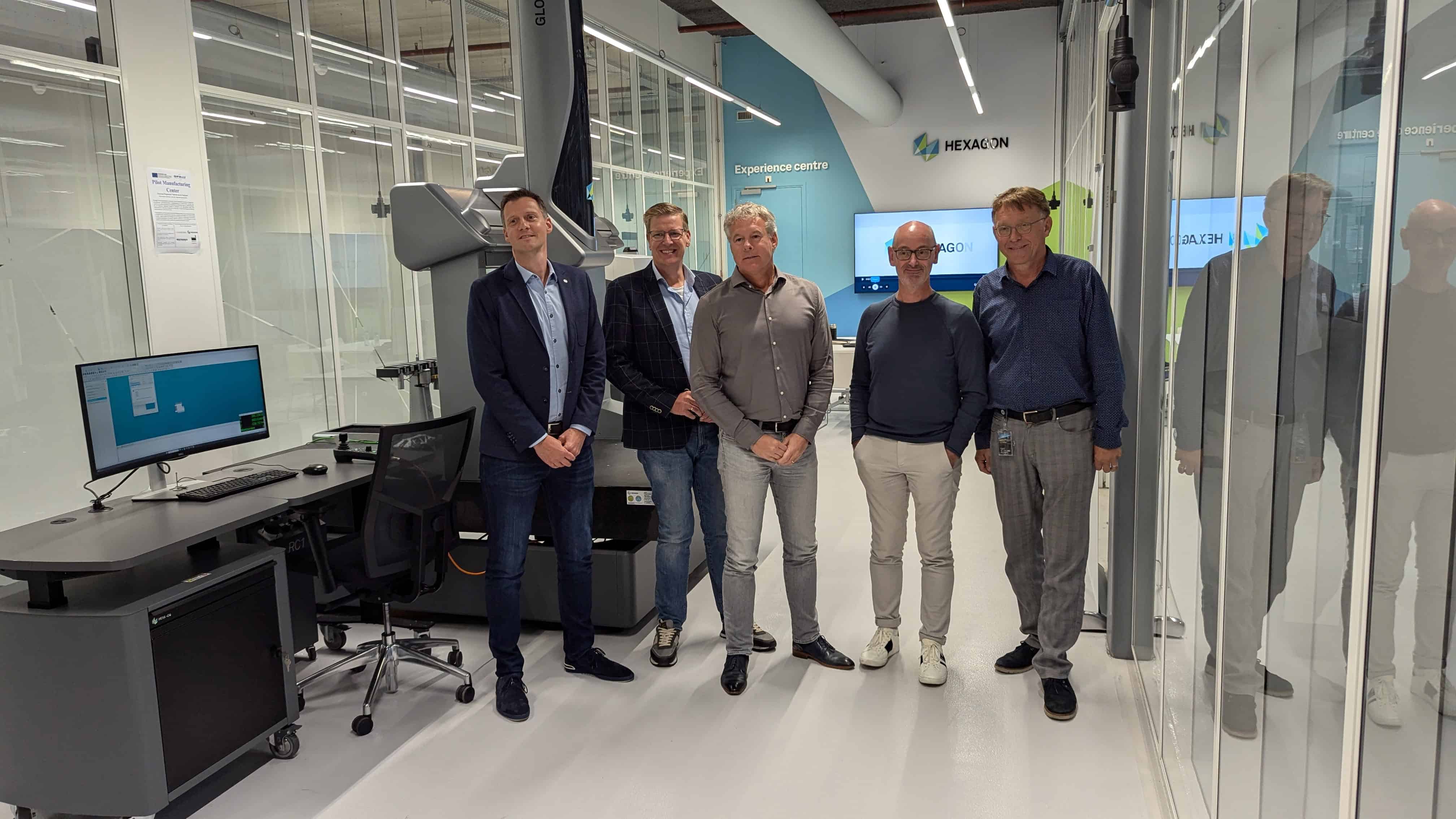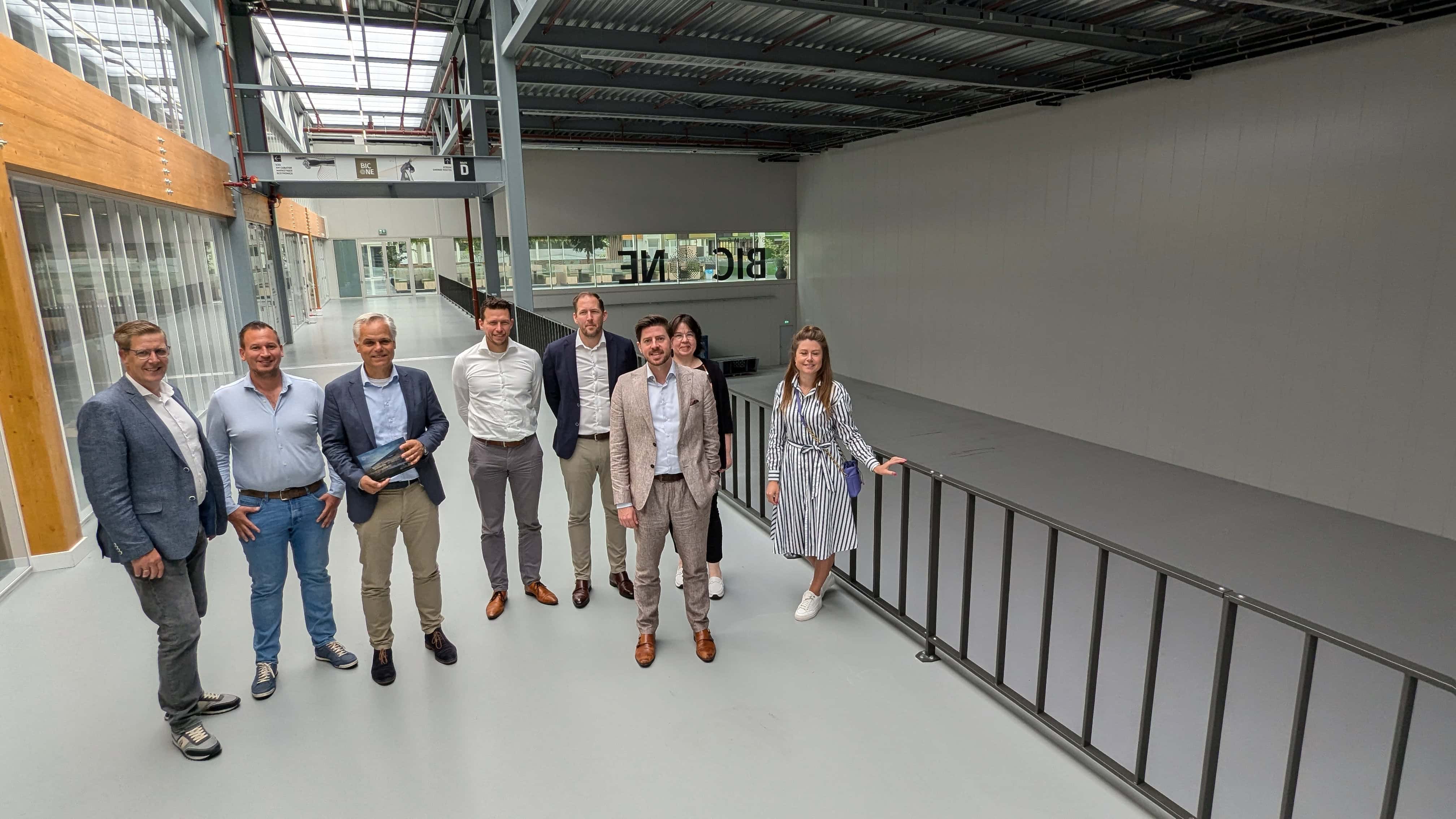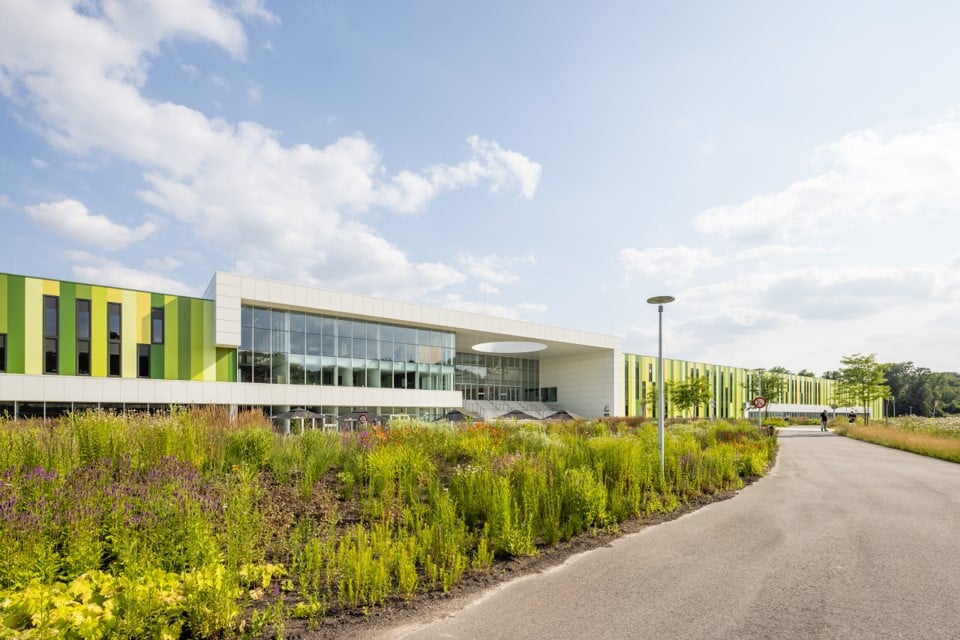
It doesn’t ring a bell to most people when they hear the name Anteryon, but CDs are known to everyone. Anteryon, then still part of Philips, made millions of lenses a year for CD players from the nineties onwards. Nowadays their optical modules are mainly found in industrial applications. For the accurate measurement of land, the freshness of fruit and vegetables, medical scanners for tissue research or as an aid for ophthalmologists. Anteryon also supplies precision glass and sensors for the ASML machines. Lenses and lasers alone have long since ceased to be the company’s sole source of production, more and more the Philips’ spin-off develops and assembles complete optical systems.
“Such a system must fit seamlessly with the customer’s application”, says Edwin Wolterink CTO of the Eindhoven-based company. This summer Anteryon moved to the Brainport Industries Campus where it rents almost 4000 square metres, including a clean room of about 1900 square metres. Here Anteryon has options to grow quickly. Wolterink tells proudly about a detection system for a milking robot which Anteryon developed for a customer: “Such a system must be reliable and precise, it must be able to recognise udders and capable of measuring whether the robot arm is not putting too much pressure. In a barn, it is damp, dirty and there is not always much light. How do you translate that into design? What should you take into account? It is completely different from only making a lens. We develop, assemble and test systems or products so that they can be used plug-and-play for our customers.”
Latest techniques
To make this possible, Anteryon has an R&D team of 35 people where employees work on customer questions, but also have room for research into techniques the company believes there is a future in. “We always want to have the latest and best techniques in-house or invent them. But it’s all about translating: from broad technology to a usable and feasible solution. We work a lot with our customers in this”, says Wolterink.
“Everything needs to be smaller, more accurate and sharper. We too are committed to this”, says Wolterink about the future. And they succeed quite well, the smallest lens they produce at Anteryon is smaller than 1 mm and can be reworked in the cleanrooms to a maximum of one-tenth of a micron (1 mm is 1,000 microns). Just to compare: a human hair is about 100 microns thick. Wolterink: “Think about how small this is, you’re in the nanometer sphere. In the camera of a phone, there are five different lenses, each with a different function and shape, which is really precision work. Some modules project more than 40000 spots, which are converted into digital points. It makes facial recognition possible, and it also allows you to map a space very precisely in 3D with your phone.”
Invisible
Another project Anteryon works on is a medical scanner that detects whether a body is healthy by the colour of the tissue. “This works with hyperspectral imaging, which makes things visible that you normally cannot see. These are adjustable colour filters that detect the smallest contrast difference. This technique is also used to measure whether the fruit is fresh for example. The ultimate challenge is to make the technology so small that surgeons can use it during an operation so that they can distinguish healthy from diseased tissue on the spot”, says Wolterink.
The car industry is also an interesting market he believes: “Here too, you see more and more sensors and cameras: cameras in the dashboard or steering wheel to keep an eye on whether a driver is awake, parking support via cameras and sensors that ensure that drivers stay in the middle of the road. This all develops further into self-driving cars, but they do depend on good sensoring and connectivity. We are working on reducing a Lidar system -a kind of radar- to fit in cars.”
Pocket size sensors
Not only surgeons and car drivers will benefit from smaller optical modules, Wolterink says: “Farmers or forensic researchers, for example, can also benefit from this. Now, when a corpse is found, forensic experts have to determine in a lab to know how long it has been dead. With pocket-sized sensors, you have an immediate answer. And farmers can attach optical modules to a drone to better monitor their land,” provides Wolterink as an example.
An increasing number of these industrial applications are also entering consumer electronics. Wolterink: “The optical modules of telephone cameras are becoming increasingly capable of measuring rooms. It is a matter of time that consumers can check whether a room is really clean, it will be possible to measure bacteria with your phone.”
Photo: Anteryon (c)








